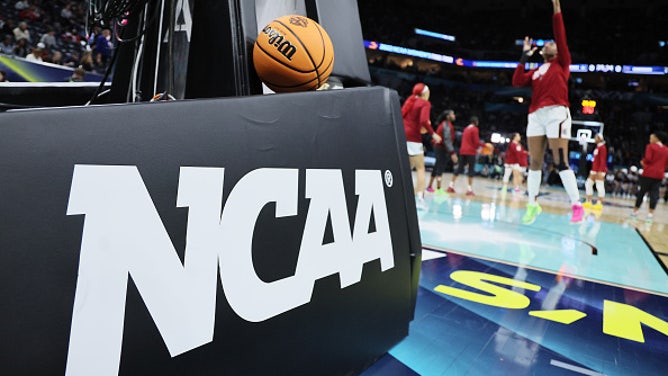NCAA Releases Settlement Documents In Anti-Trust Case, With Massive Implications
In May, the NCAA, Power Five conferences and a group of Division I athletes reached a settlement on a massive antitrust lawsuit.
For months though, there had been precious few details as to how the agreement would be executed and carried out. Those details became much more clear with a Friday release of new court documents.
"This is another important step in the ongoing effort to provide increased benefits to student-athletes while creating a stable and sustainable model for the future of college sports," a statement released by the NCAA and its power conferences said. "While there is still much work to be done in the settlement approval process, this is a significant step toward establishing clarity for the future of all of Division I athletics while maintaining a lasting education-based model for college sports, ensuring the opportunity for student-athletes to earn a degree and the tools necessary to be successful in life after sports."

The NCAA, its power five conferences, and attorneys representing thousands of former Division I athletes released antitrust settlement details on Friday. (Photo by Andy Lyons/Getty Images)
NCAA Settlement Paves Way For Direct Payments
There's plenty to unpack in the settlement agreement, but there are a few key takeaways.
- Schools will now be able to make direct payments via NIL deals
- Those payments can reach up to 22 percent of the average revenue that schools bring in from media rights, ticket sales and sponsorships
- Payments should reach between $20-22 million per school starting by the 2025-2026 academic year
- Athletes can still agree to outside NIL deals with third parties, but the NCAA intends to set up a "robust and effective enforcement and oversight program" to ensure they're "legitimate NIL activity."
This system is supposed to prevent the type of backroom booster deals that have operated as de facto salary instead of actual advertising-derived income.
The NCAA also intends to evaluate on an individual basis whether or not NIL deals are legitimate, with the settlement allowing for a court-appointed "special master" to determine the outcome of inevitable disputes around the new rules. Not everyone is a fan of these new rules; Olivia Dunne's mom, for example, was not pleased.
"NIL is about giving athletes the same rights as every other student on campus to their own name image and likeness," she said. "Unless everyone needs to report payments over $600 for approval this is incredibly unfair. The market determines nil value not a third party."
The settlement also eliminates scholarship limits, meaning schools can now provide as many as they'd like to athletes in all sports, a welcome change for lesser-followed sports. Steve Berman, one of the lawyers for the athletes filing suit, said that between the scholarships and new payments, schools will be sharing roughly half their revenues with athletes, a similar arrangement to professional teams.
Any athlete who competed in Division I starting from 2016 can also receive past damages, with an average figure for men's basketball players running around $135,000. Women's basketball players should get around $35,000.
It's a dramatic shift for how college sports operate, one that will shape the future of the sport, recruiting and how colleges approach revenue decisions.